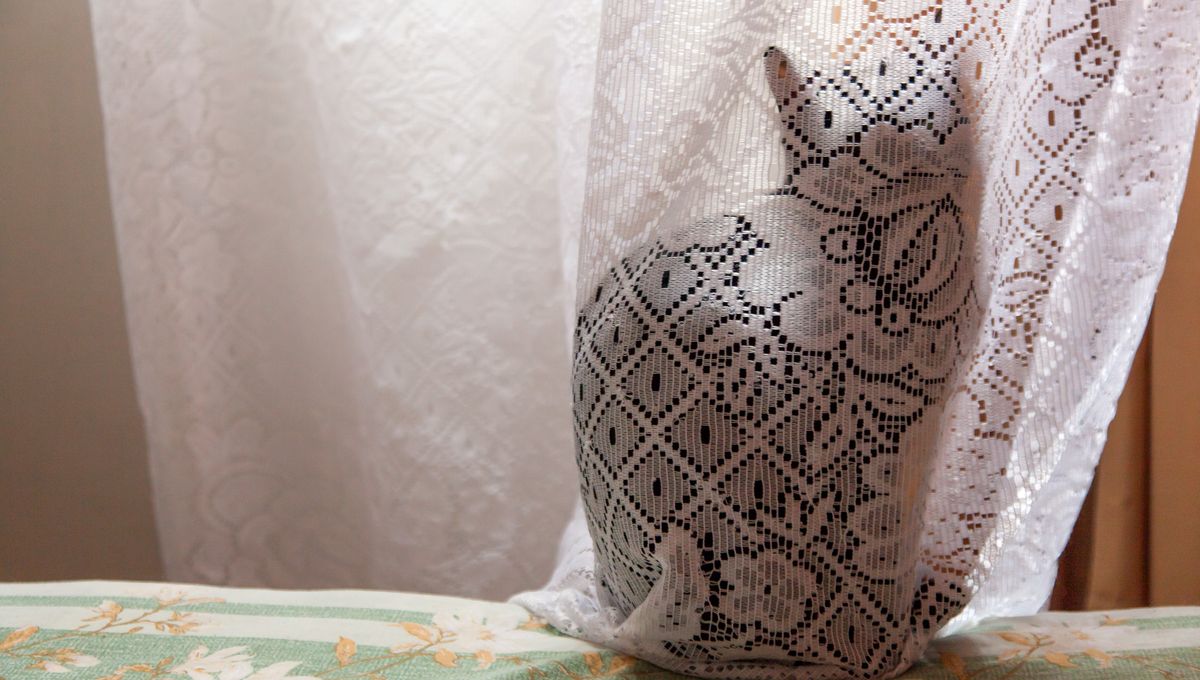
States in quantum superposition are notoriously fragile, but researchers in China have reported creating such a state that lasted for a whopping 23 minutes and 20 seconds. While this record-breaking result is exciting in itself, the team believes that it could open new ways to high-precision measurements and even information processing for quantum computers – possibly even allowing scientists to probe the limits of physical theories.
A yet-to-be peer-reviewed study by scientists at the University of Science and Technology of China involved cooling 10,000 ytterbium atoms to just a few thousandths of a degree above absolute zero and trapping them using light. Each atom was precisely controlled and placed into a superposition of two distinct spin states. This is known as a “quantum cat” state.
In the famous Schrödinger’s cat thought experiment, we see a cat closed in a box with a poison activated by a random quantum process. Without opening the box, we cannot ascertain the state of the cat, so it is both alive and dead, two contradictory states in the non-quantum reality we experience. In the quantum world, quantum cat states are superpositions where a quantum state can exist in several ways at once, although it’s impossible to tell which one it really is, so it’s effectively all of them at once.
In the recent experiment, it is the length of this quantum cat state that is astounding. In nature, the superposition will collapse into one or the other in a fraction of a second, but here it persisted for 1,400 seconds. The team thinks that with a better vacuum system, it can be made to last even longer.
“It’s a big deal because they’re making this beautiful cat state in an atomic system and it’s stable,” Barry Sanders, from the University of Calgary, who was not involved in the study, told New Scientist. “A probe gets jiggled and pushed and nudged and prodded, and then by seeing what happens, you learn about the things that interact with it.”
The research shows that there are lots of different elements that can be used for these devices. It doesn’t have to be ytterbium, although they did show that this particular setup with the ytterbium atoms is extremely sensitive to measuring magnetic fields, with exciting applications.
This is not the only recent record-breaking event when it comes to quantum cat experiments. Last year, researchers successfully placed the heaviest macroscopic object in superposition. It was a crystal weighing just 16 micrograms, but it shows that the field is truly breaking new ground into what is possible.
A preprint paper describing the experiment and the result is available on the ArXiv.
A previous version of this article was published in October 2024.
Source Link: Quantum "Schrödinger's Cat" Survives For Mind-Blowing 23 Minutes In Record-Breaking Experiment